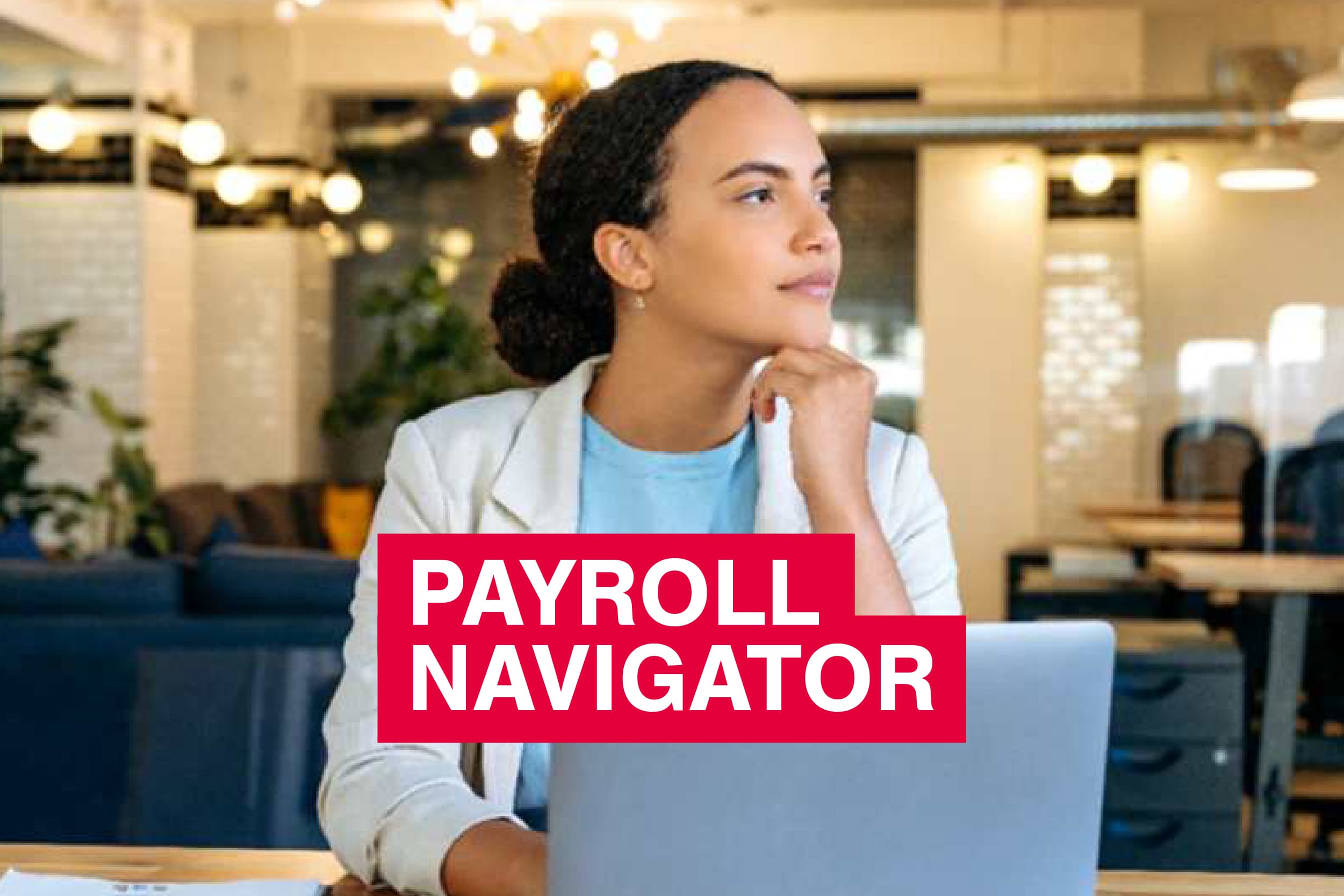
Striking a balance between high-touch and high-tech
As hybrid workforces are booming, it has become clear that we need more HR technological solutions. “Things appear to be moving”, says Stephen Ousley, Portfolio Manager at SD Worx. “But we need to beware of blind digitalisation. HR tech’s main goal should be to make your employees’ work easier while freeing up time for meaningful human interactions.”
Even after years of digital buzz, the state of digital HR in Europe remains suboptimal. To illustrate, previous research highlighted that only 37.7% of European companies report a high level of digital maturity in HR. While other business areas, such as finance, sales and operations, have greatly benefited from digitalisation and automation, HR has proven – yet again – to be a slow-moving domain.
Change, however, may be on the horizon. Just as companies are looking for ways to improve the customer experience in their digital transformation programmes, they’ve started to do the same for their internal customers – their employees.

A no-brainer
Truth be told, it’s about time employers jumped on the benefits of dedicated HR software. It helps them, among other things, to obtain better insights, safeguard legal compliance, and enhance efficiency. On top of that, an extended digital HR service is also something employees explicitly want. To be more precise, a whopping 48% of them acknowledge that the digitalisation of their workplace could be a lot better.
Particularly the younger generations, up to 35 years old, as well as Spanish and Italian employees, seem to think so. And with more and more millennials entering the labour market each day, how can you not invest in digital HR?

What employees think
The case for digital HR is crystal-clear, but the type of digital solutions you should prioritise is far less obvious. Technology is evolving at a pace that can be hard to keep up with, so it’s easy to get excited by vendors offering cutting-edge learning platforms, AI-powered interview software or all-in mobility apps. But are those the things your HR team needs? Or put differently, is it what your employees need? Ideally, the solutions you invest in cover both, but since the employee perspective is too often overlooked, we took the liberty of asking them in which HR areas they prefer a more digital – or human – approach.

A symbiotic connection
It might seem like a contradiction that employees want improved digitalisation in the workplace and, at the same time, clearly value humans over digital interactions – but it’s not. It’s not one or the other. Even more, both aspects can and should always co-exist.
Humans and tech are complementary, but only when the tech is used well. That’s even the case for highly transactional tasks like HR services. For example, hardly anyone would mind asking a chatbot
about the specifics of their collective holidays. But you’d probably want a human HR colleague when asking for some extra time off in case of a deceased family member. Since you automate the easy, repetitive stuff, your people can concentrate on the highest-value work. The idea is to aim for that balance in all HR processes.
Breaking with HR’s poor image
Next to freeing up time for meaningful human interactions, HR tech should also make your employees’ lives easier. And to achieve that, you’ll need employee-centric tools, such as self-service systems, employee experience platforms and digital assistants. These tools tend to blend perfectly in the flow of work. After all, employees want to interact with HR where they are, not where HR wants them to be. Additionally, employee-centric tools often offer consumer-grade experiences. Employees no longer have to be techies to benefit from your digital solutions.
Keep all of this in mind when planning your next digital move. It might just be the way to gradually reverse your employees’ image of HR – if needed.
43.1%
of European employees feel (very) positive about their organisation’s general approach to HR.
Empowering both HR and your employees
The bottom line: don’t see HR tech as a goal in itself, but as a way to empower people. Rather than doing the same work faster and with fewer people, smart HR tech creates an opportunity to redesign jobs and re-engineer workflows. Doing so will enable people to focus on the parts of work that humans are particularly well-suited for, such as relationship building, intuitive decision-making, empathy, and problem-solving.
Want to attract and retain talent?
Check out our new e-book and discover 9 powerful strategies for becoming an employer of choice.



